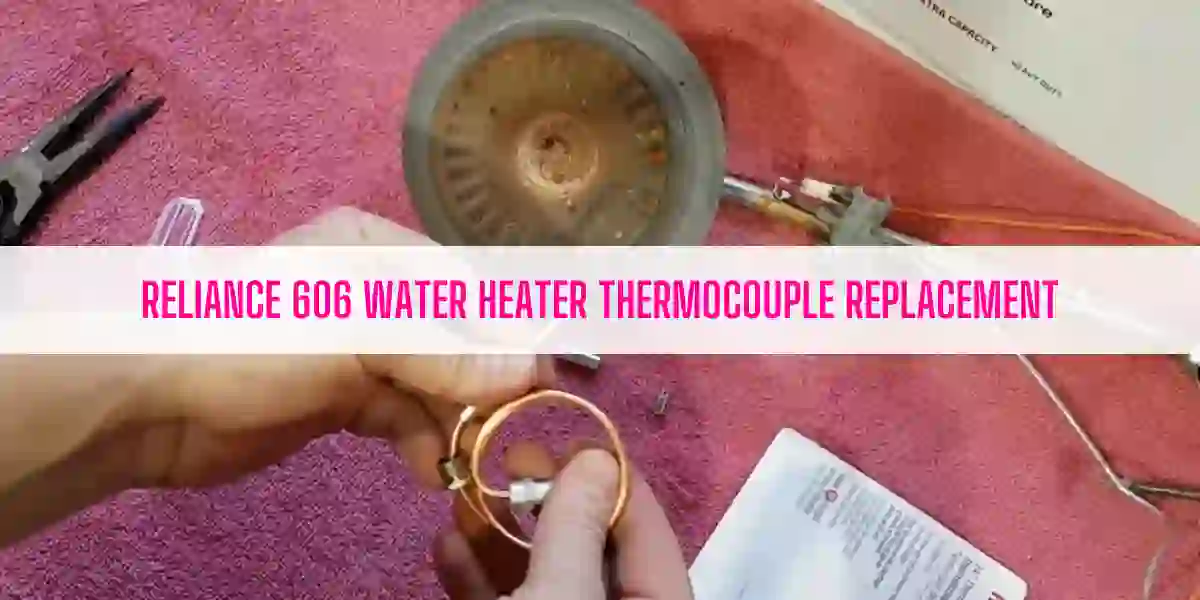Ever wonder how your shower stays consistently warm (or at least, *mostly* consistent)? Or how your hot water heater knows when to fire up the gas and heat things up? While it might seem like magic, a humble little component called a thermocouple plays a critical role. It's the unsung hero of hot water, and understanding it can be surprisingly fascinating – and potentially save you from a cold shower surprise one day!
So, what exactly *is* a thermocouple? Simply put, it's a safety device on your gas-powered hot water heater (and many other gas appliances). Its primary purpose is to ensure that gas only flows to the burner when the pilot light is lit. Think of it as a tiny, heat-sensing guardian. It prevents gas from pooling up if the pilot light goes out, which could create a dangerous situation. Therefore, the benefits of a working thermocouple are immense: safety, peace of mind, and hot showers!
Here's how it works: A thermocouple consists of two different metal wires joined at one end, called the "hot junction". This junction is placed directly in the pilot light flame. When heated, the two different metals generate a tiny voltage (we're talking millivolts). This small electrical signal tells the gas valve that the pilot light is on and it's safe to release gas to the main burner when you call for hot water. If the pilot light goes out, the thermocouple cools down, the voltage drops, and the gas valve shuts off. Pretty ingenious, right?
The principles behind thermocouples aren't just confined to hot water heaters. They're widely used in various applications. In education, physics students use thermocouples to learn about thermoelectricity – the direct conversion of temperature differences to electrical voltage and vice versa. They might build simple circuits to measure the temperature of different objects, learning about the Seebeck effect, which is the underlying principle behind the thermocouple's operation. In daily life, you might encounter them in ovens, furnaces, and even some types of thermometers. Anything that needs to accurately measure temperature or ensure a safe gas supply often utilizes a thermocouple.
Want to explore this technology further? While we don't recommend tinkering with your gas appliances unless you are qualified and confident, there are safer ways to investigate. Many online resources show how to build a simple thermocouple using different types of wire and a multimeter. You can safely heat the junction with a lighter (under adult supervision, of course!) and observe the voltage changes on the multimeter. This hands-on experience can bring the abstract concepts of thermoelectricity to life.
Even without building one, simply knowing that this little device exists and silently protects your home is a fascinating piece of information. The next time you enjoy a hot shower, take a moment to appreciate the unsung hero – the humble Reliance hot water heater thermocouple – diligently doing its job.





